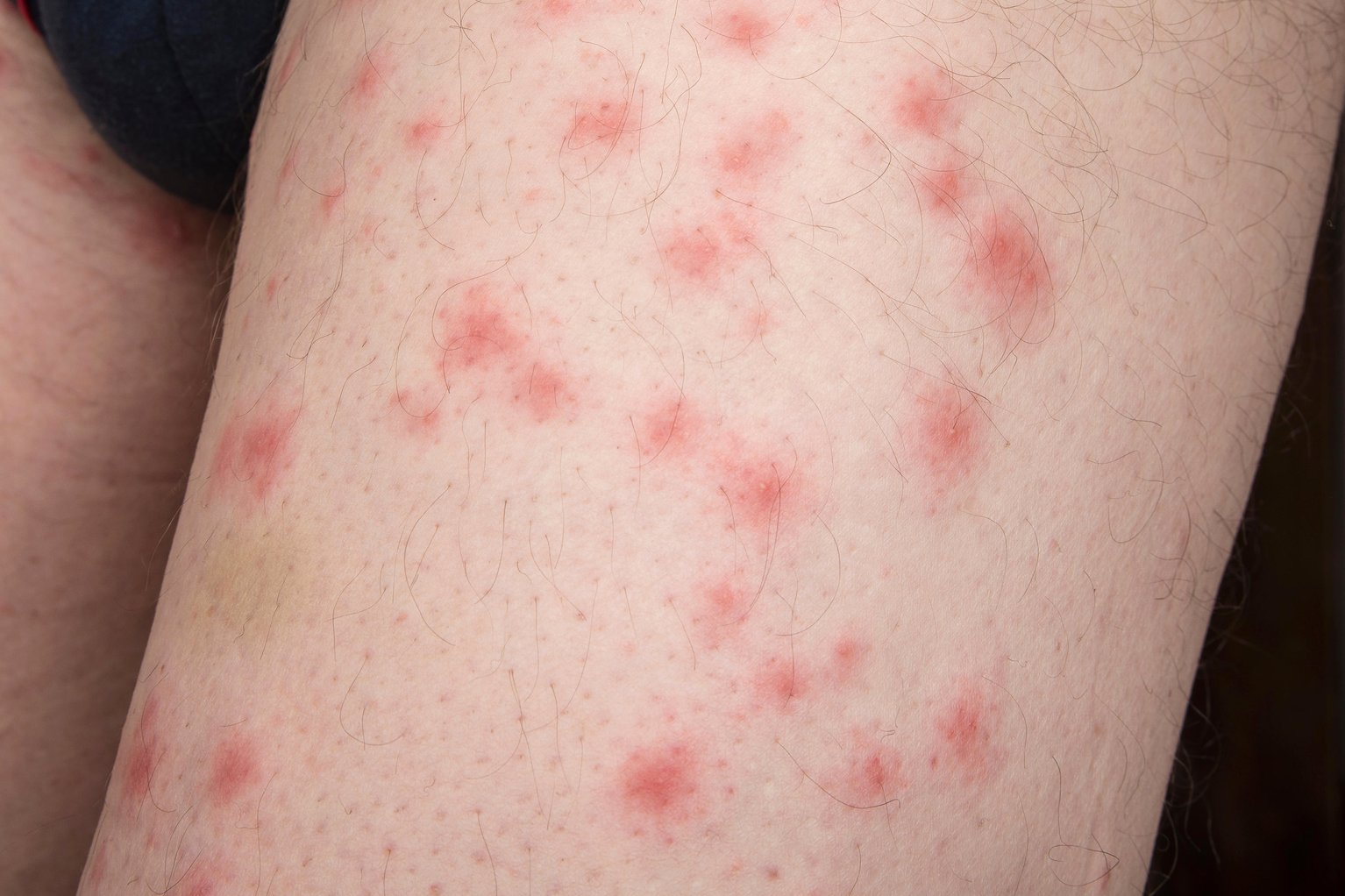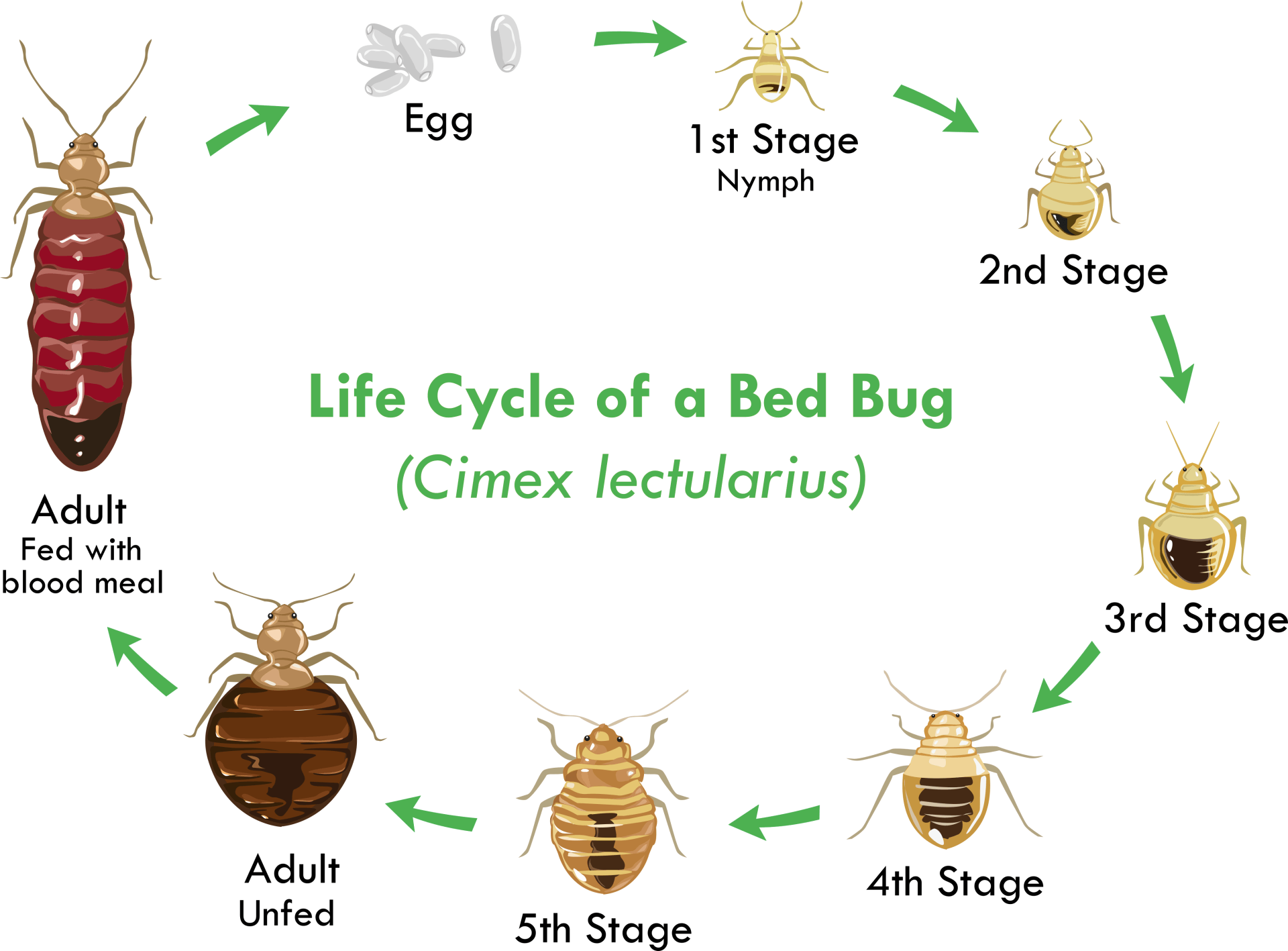Think You Have Bed Bugs? Here’s What to Do
Bed bugs are small, parasitic insects that feed on the blood of humans and animals. While they are not known to transmit any diseases, their bites can cause itchy, red welts that can be uncomfortable and unsightly. Bed bugs are notoriously difficult to detect and eliminate, making early detection and treatment crucial to prevent a full-blown infestation.

What to do when you think you have bed bugs? If you suspect that you have bed bugs in your home, it's essential to take immediate action. Bed bugs can multiply rapidly, and a small infestation can quickly become a significant problem if left untreated.
In this article, we'll guide you through the steps to take if you suspect bed bugs, from identifying the signs of an infestation to preventing future outbreaks. By following these steps, you can protect your home and family from the discomfort and inconvenience of a bed bug infestation.
Table of Contents
ToggleIdentifying Bed Bugs
Before you can take action against bed bugs, you need to confirm that you have an infestation. Bed bugs are small, reddish-brown insects that are about the size of an apple seed. They are most active at night and are attracted to the warmth and carbon dioxide that humans emit while sleeping.
Common signs of infestation
Here are some common signs of a bed bug infestation:
- Bed bug bites: Bed bug bites are often mistaken for mosquito or flea bites. They are usually red, itchy, and appear in a linear or zigzag pattern.
- Blood stains on sheets: If you notice small, rust-colored stains on your sheets or pillowcases, it could be a sign of bed bugs. These stains are caused by crushed bed bugs or their feces.
- Cast skins: Bed bugs shed their skin as they grow. You may find these cast skins in the seams of your mattress, box spring, or furniture.
- Fecal spots: Bed bugs leave behind small, dark spots of feces on surfaces where they hide. These spots are often found in the seams of mattresses, box springs, and furniture.
If you suspect that you have bed bugs, it's essential to confirm the infestation before taking any further action. You can do this by inspecting your bedding, mattress, and furniture for signs of bed bugs. If you find any evidence of an infestation, move on to the next steps to contain and eliminate the bed bugs.
What to Do If You Suspect Bed Bugs

If you've confirmed that you have a bed bug infestation, it's essential to take immediate action to contain and eliminate the bugs. Here are the steps to follow:
Step 1: Contain the infestation
- Remove all bedding and wash it in hot water.
- Dry the bedding on the highest heat setting for at least 30 minutes.
- Vacuum your mattress, box spring, and furniture thoroughly.
- Dispose of the vacuum bag immediately in a sealed plastic bag.
- Seal any cracks or crevices in your furniture or walls with caulk or another sealant.
Step 2: Clean and treat affected areas
- Clean and vacuum all areas of your home thoroughly.
- Wash all clothing and fabric items in hot water and dry them on the highest heat setting.
- Use a steamer to treat your mattress, box spring, and furniture.
- Apply a bed bug spray or powder to affected areas.
Step 3: Monitor for bed bugs
- Inspect your bedding and furniture regularly for signs of bed bugs.
- Use bed bug traps or interceptors to monitor for bed bug activity.
Step 4: Contact a professional
- If the infestation is large or difficult to eliminate, contact a professional pest control service.
- A professional can provide heat treatment, pesticide treatment, or other methods to eliminate the bed bugs.
By following these steps, you can effectively contain and eliminate a bed bug infestation in your home. Remember to be vigilant and monitor for bed bugs regularly to prevent future infestations.
Preventing Bed Bug Infestations
Preventing bed bug infestations is crucial to avoid the discomfort and inconvenience of dealing with these pests. Here are some tips to help you prevent bed bugs in your home:
Regular inspections
Inspect your bedding, mattress, and furniture regularly for signs of bed bugs.
Check second-hand furniture and clothing for bed bugs before bringing them into your home.
Protective encasements
Use protective encasements for your mattress and box spring to prevent bed bugs from hiding in them.
Encasements can also help you detect bed bugs early by trapping them inside.
Heat treatment
Use heat treatment to kill bed bugs in your home.
Heat treatment involves raising the temperature of your home or affected areas to a level that kills bed bugs and their eggs.
Pesticide treatment
Use pesticide treatment to eliminate bed bugs in your home.
Pesticide treatment involves applying a chemical substance that kills bed bugs on contact.
Professional exterminator
Hire a professional exterminator to eliminate bed bugs in your home.
A professional exterminator can provide heat treatment, pesticide treatment, or other methods to eliminate bed bugs effectively.
By following these tips, you can reduce the risk of bed bug infestations in your home. Regular inspections, protective encasements, heat treatment, pesticide treatment, and professional exterminators are all effective methods to prevent and eliminate bed bugs. Remember to be vigilant and take action immediately if you suspect a bed bug infestation.
Frequently Asked Questions (FAQ’S)
Q. What are bed bugs?
Bed bugs are small, parasitic insects that feed on the blood of humans and animals. They are reddish-brown, flat, and oval-shaped, and can be found in mattresses, bed frames, and furniture.
Q. How do bed bugs spread?
Bed bugs can spread through contact with infested furniture, bedding, or clothing. They can also travel on people or pets, and can infest new areas quickly.
Q. How can I tell if I have bed bugs?
Signs of bed bugs include small, red bites on your skin, blood stains on your sheets, and dark spots on your mattress or furniture. You may also notice a musty odor in your bedroom.
Q. How do I get rid of bed bugs?
Getting rid of bed bugs can be difficult, but there are several methods you can use, including heat treatment, pesticide treatment, and professional extermination. It's important to act quickly to prevent the infestation from spreading.
Q. Can I prevent bed bug infestations?
Yes, you can prevent bed bug infestations by regularly inspecting your bedding and furniture, using protective encasements, and being cautious when buying second-hand furniture or staying in hotels.
Q. Do bed bugs transmit diseases?
No, bed bugs are not known to transmit any diseases to humans. However, their bites can cause itching and discomfort, and some people may have allergic reactions to their saliva.
Q. How long do bed bugs live?
Bed bugs can live for up to a year without feeding, and a female bed bug can lay up to 500 eggs in her lifetime. This makes it essential to act quickly to eliminate an infestation.
Conclusion
Bed bugs are a common pest that can cause discomfort and inconvenience in your home. If you suspect that you have bed bugs, it's essential to take immediate action to contain and eliminate the infestation.
In this article, we've provided a comprehensive guide on what to do when you think you have bed bugs. From identifying the signs of an infestation to preventing future outbreaks, this guide has covered everything you need to know to protect your home and family from bed bugs.
Remember, early detection and treatment are crucial to prevent a full-blown infestation. If you're unsure whether you have bed bugs, it's always better to be safe and take action. Regular inspections, protective encasements, heat treatment, pesticide treatment, and professional exterminators are all effective methods to prevent and eliminate bed bugs.
By following the steps outlined in this guide, you can effectively contain and eliminate a bed bug infestation in your home. Don't let bed bugs disrupt your sleep and peace of mind. Take action today and protect your home from these pests.
Other Bed Bugs Related Topics You May Be Interested In
- Best Strongest Bed Bug Killer Powder - Good Morning
- Best Strongest Bed Bug Killer Spray – Good Morning
- Uncovering Bed Bug Eggs: A Comprehensive Guide to Identification
- What Brings Bed Bugs Out of Hiding?
- Think You Have Bed Bugs? Here’s What to Do
- What Creates Bed Bugs? 7 Collective Factors That Create Bed Bugs
- What To Do If You Find A Bed Bug?
- What Kills Bed Bugs Instantly? DIY Methods & Home Remedies
- How to use lavender oil for bed bugs treatment? Home Remedy
- How to use peppermint oil for bed bugs treatment? Home Remedy
- How long does it take for rubbing alcohol to kill bed bugs?
- Does rubbing alcohol kill bed bugs?
- Does isopropyl alcohol kill bed bugs?
- What Brings Bed Bugs?
- What Bug Looks Like a Cockroach?
- Bed Bug Eggs: What Do Bed Bug Eggs Look Like?
- What Do Bed Bug Bites Look Like On Black People?
- How to Identify and Get Rid of Bed Bugs: A Comprehensive Guide
- How Does Terminix Get Rid of Bed Bugs?
- How to get rid of bed bugs from luggage?
- Are Bed Bug Sprays Safe for Children and Pets?
- Health risks associated with using bed bug sprays
- Bed Bugs: Why Women Scream Louder? Science Explains!
- How To Get Rid Of Bed Bug Bites Overnight?



